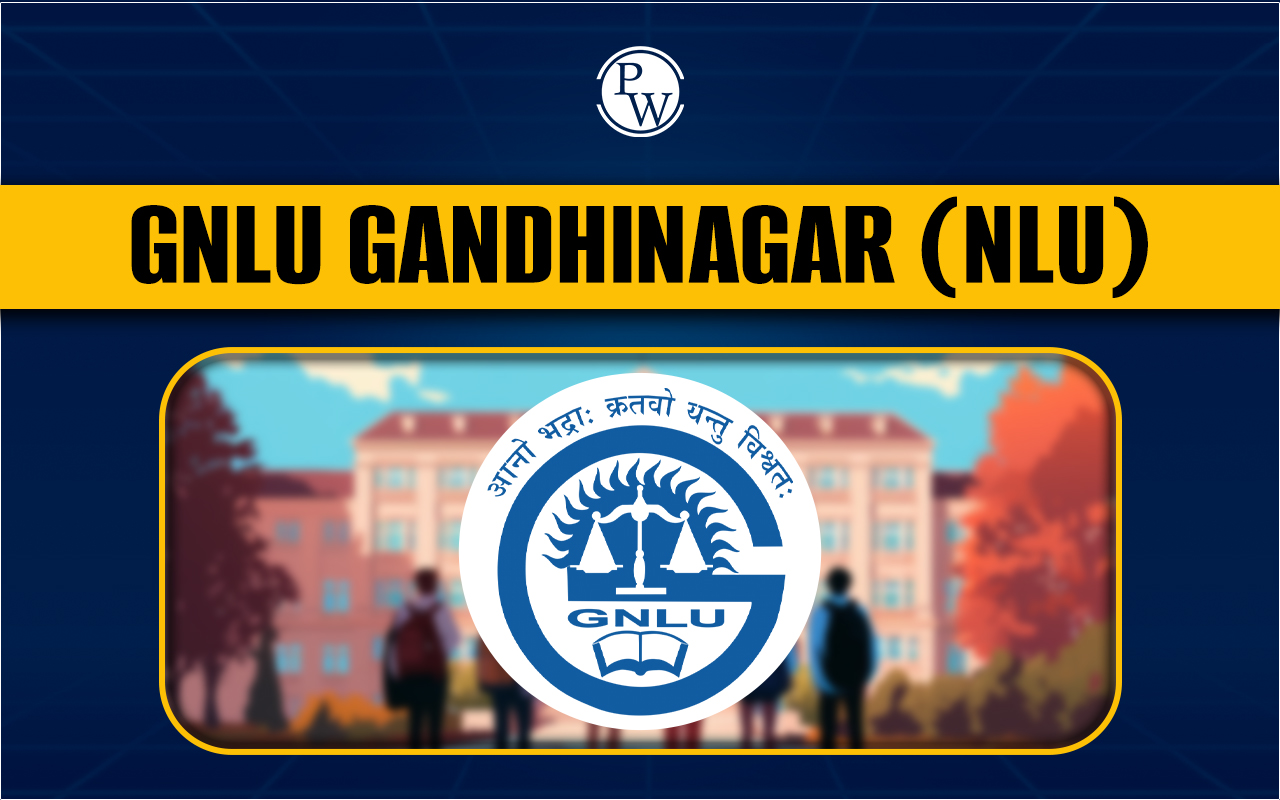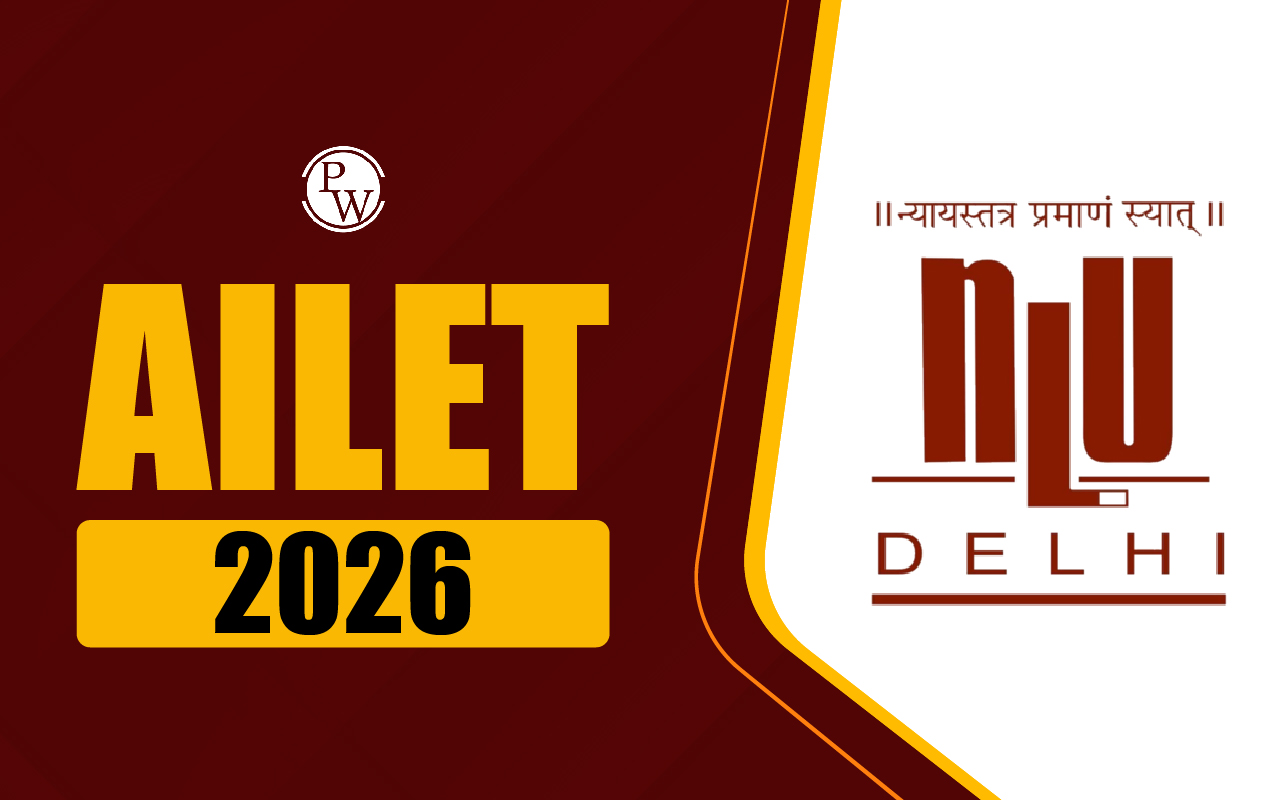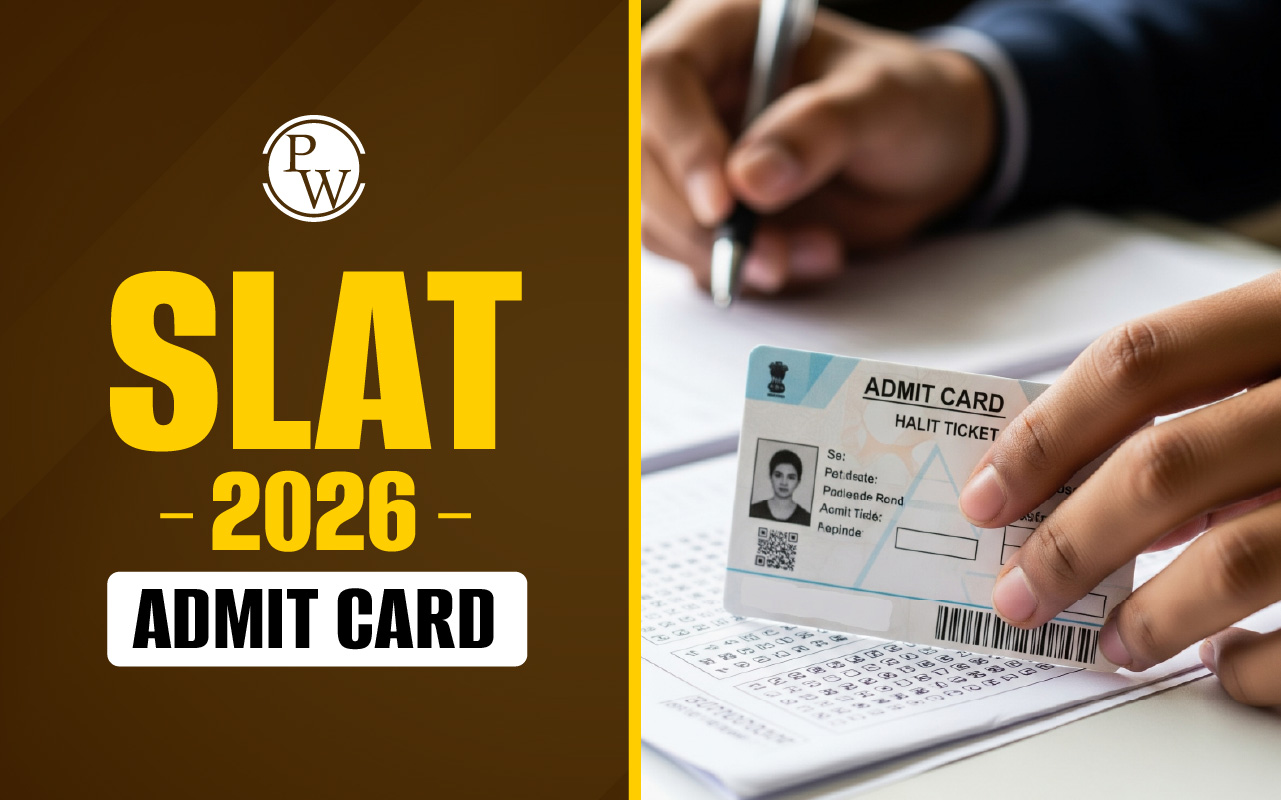

CLAT Quantitative Techniques 2026 carries around 13-17 questions, accounting for roughly 10% of the total exam paper. The section evaluates candidates’ basic mathematical skills and numerical interpretation abilities. CLAT quantitative techniques have questions based on class 10th level Mathematics. Important topics for Quantitative techniques for CLAT include profit and loss, ratio and proportion, averages, mensuration, time, speed and distance, algebra, and data interpretation. Even though this section has the least weightage in the CLAT 2026, it can be a deciding factor for the overall CLAT scores.
Join Law Online Coaching - Enroll Now
CLAT Quantitative Techniques 2026 Overview
CLAT Quantitative Techniques 2026 will have 3-4 passages followed by multiple-choice questions. For each correct answer, you will be awarded 1 mark. Candidates must have a good grasp of the fundamentals of mathematics, calculation, and reasoning.
CLAT 2026 is scheduled for 7 December 2025 at designated centres from 2:00 PM to 4:00 PM in an offline mode. Candidates can overview the following table to get a glimpse of important aspects related to the CLAT Quantitative Techniques 2026.
| CLAT Quantitative Techniques 2026 Overview | |
| Particulars | Details |
| Type of questions | Passages followed by MCQs |
| Number of reading passages | 3-4 comprehensions of 300 words each |
| Total questions | 13-17 |
| Total marks | 13-17 |
| Marking | One mark for each correct answer |
| Negative marking | -0.25 for incorrect answer |
| Approximate weightage in CLAT exam | 10% |
CLAT Quantitative Techniques 2026 Important Topics
CLAT quantitative techniques include questions based on the fundamental mathematical concepts and calculative skills at a class 10th level. CLAT quantitative techniques 2026 is an important section that can influence the overall CLAT 2026 scores. Given below are some important topics for CLAT Quantitative Techniques 2026 for candidates’ effective preparation.
- Ratio & Proportion
- Basic Algebra
- Profit & Loss
- Time, Distance, & Work
- Mensuration
- Statistics
- Percentages
- Number Systems (HCF, LCM, Surds, Indices)
- Data Interpretation involving graphs, tables, charts, and caselets
- Partnership
- Probability
- Average
CLAT Quantitative Techniques 2026 Sample Questions
Solving sample papers on CLAT quantitative techniques 2026 helps candidates to get familiar with the question structure, improve accuracy, and manage time effectively during the exam. Practicing with these questions, candidates get acquainted with various calculative techniques that can save a lot of time during the CLAT 2026.
Some sample questions with answers are given below for candidates’ practice.
- A’s salary is 50% more than B’s. By what percentage is B’s salary less than A’s salary?
Answer: 33 1/3% - Quicklime contains 42.85% oxygen by weight. What is the weight of oxygen in 749 gm of quicklime?
Answer: 321 gm - If 60% of students in a college are boys and the number of girls is 460, find the number of boys.
Answer: 690 - 32% of a number is less than 16% of 450 by 24. Find the number.
Answer: 250 - Two numbers are respectively 20% and 30% less than a third number. What percentage is the second of the first?
Answer: 87.5%
CLAT Quantitative Techniques 2026 Preparation Tips
While preparing for the CLAT quantitative techniques, candidates must brush up their basic mathematical concepts and enhance their calculative speed. Time management and regular revision of weak areas are crucial to perform well in this section and boost overall exam scores.
Here are some preparation tips for CLAT 2026 quantitative techniques.
- Brush up your fundamental mathematical concepts of arithmetic, algebra, geometry, and data interpretation.
- Revise class 6th to 10th NCERT maths concepts.
- Practice questions on percentages, ratios, profit and loss, time, speed and distance, mensuration, and data interpretation.
- Enhance your calculative speed by developing shortcut tricks.
- Use shortcuts and mental math techniques to get answers fast.
- Solve sample questions and previous years’ CLAT papers to get accustomed to the various types of questions asked in this section.
- Attempt full-length mock tests and analyze your mistakes.
- For data interpretation, try to first deduct data from the table, charts, or graphs and then answer the questions.
CLAT Quantitative Techniques Preparation Books
While preparing for the CLAT 2026 quantitative techniques, selecting the right book is essential for building strong fundamentals and practicing problem-solving skills. These books cover the CLAT quantitative techniques syllabus comprehensively. Such books will also have practice questions and shortcut techniques to enhance your calculation.
The following table mentions CLAT 2026 Quantitative Techniques books. You can order them from the links provided along with them.
| CLAT Quantitative Techniques Preparation Books | |
| Books | Links |
| CLAT Complete Quantitative Techniques Module Set of 2 For CLAT, AILET & OLETs Exams 2026 Latest Edition | Click Here |
| CLAT Complete Module Set of 12 For CLAT, AILET & OLETs Exams 2026 Latest Edition with CLAT PYQ Book | Click Here |
| CLAT & AILET 12 Previous Years Solved Papers (2020-2025) Sectionwise and Chapterwise with 5 Mock Tests For 2025 Exam | Click Here |
Join Law Online Coaching - Enroll Now
90-Day Strategy to Crack CLAT 2026 FAQs
How do I start my 90-day CLAT 2026 preparation?
For CLAT preparation, adopting a 90-day strategy to crack CLAT 2026 is effective. Begin by attempting full-length CLAT mock tests to understand your strengths and weaknesses. Get all important study materials to cover each section thoroughly and create a dedicated study plan to cover all the fundamentals of each section.
When should I start taking CLAT mock tests?
When will CLAT 2026 be conducted?
How can I improve my vocabulary and reading comprehension skills for CLAT 2026?












